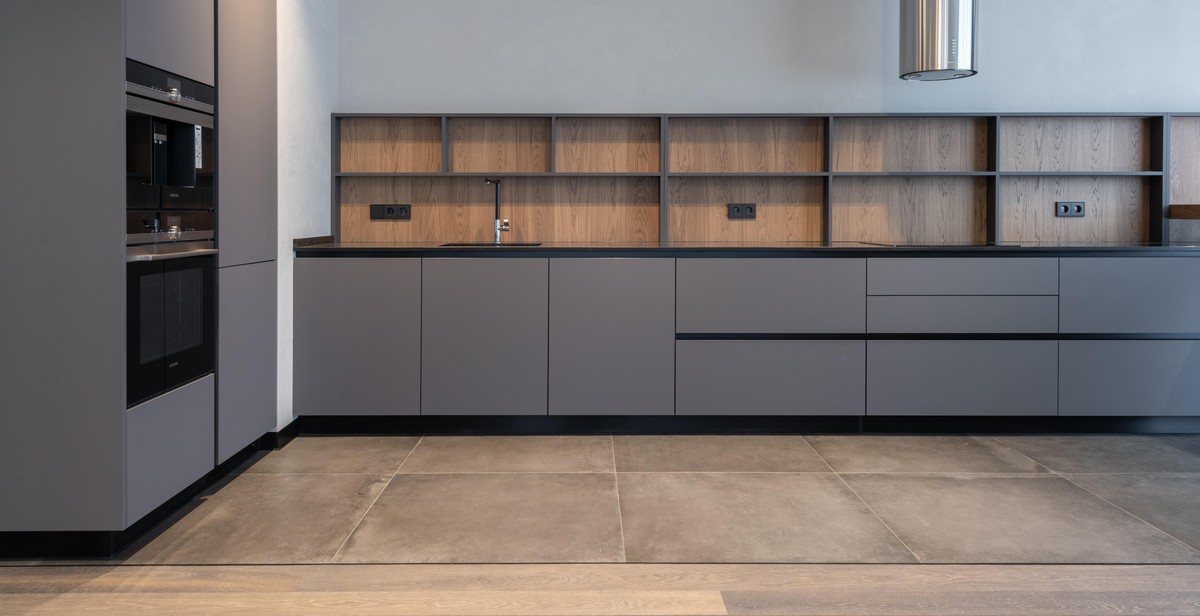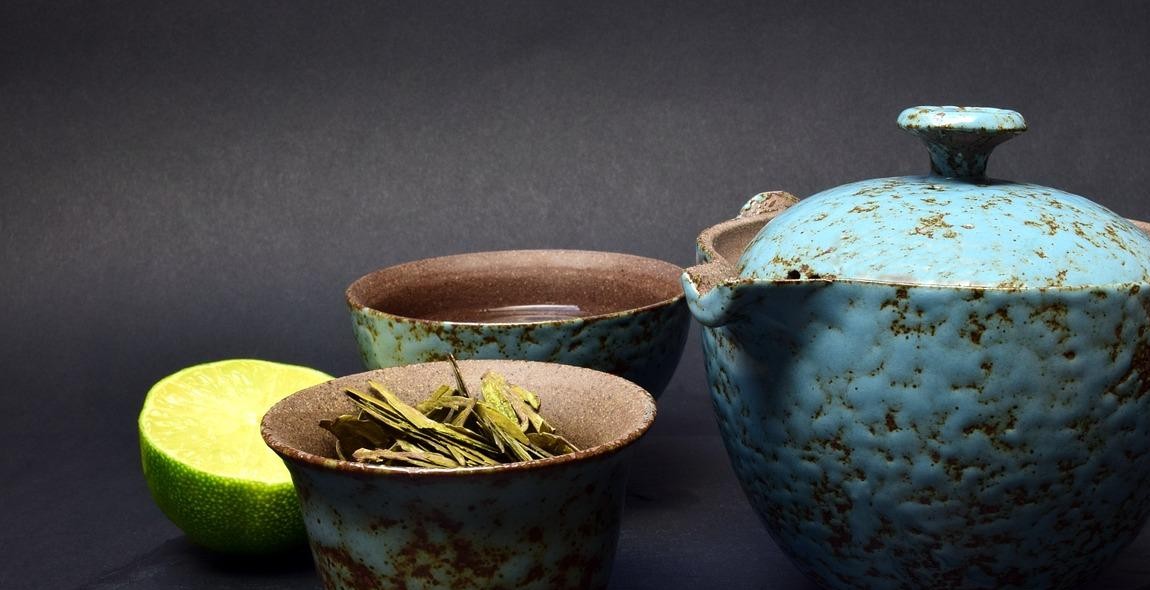How to Design a Functional and Stylish Small Kitchen
Small kitchens can be challenging to design, but with the right approach, you can create a space that is both functional and stylish. Limited space means you need to be creative with your design choices, and every inch counts. However, a small kitchen doesn’t have to be a hindrance. With the right layout and design, you can create a space that is both practical and aesthetically pleasing.
Why Small Kitchens are Challenging
Small kitchens present unique challenges when it comes to design. The limited space means that you need to carefully consider every element of the design to ensure that it is functional and makes the most of the available space. You need to think about the layout, storage, and appliances, and how they all work together to create a cohesive and efficient space.
The Importance of a Functional and Stylish Design
A functional and stylish design is essential for a small kitchen. A well-designed kitchen can make all the difference in how enjoyable it is to cook and entertain in your home. A functional layout will make cooking and cleaning easier, while a stylish design will make the space feel more inviting and enjoyable to be in.
Whether you are working with a small space or just want to make the most of your kitchen, a functional and stylish design is key. With the right approach, you can create a kitchen that is both practical and beautiful, and that you will love spending time in.

Assessing Your Needs
Designing a functional and stylish small kitchen requires careful consideration of your needs. By assessing your cooking habits and storage needs, you can create a kitchen that is both efficient and aesthetically pleasing.
Determining Your Cooking Habits
The first step in designing your small kitchen is to determine your cooking habits. Are you an avid cook who enjoys preparing elaborate meals, or do you prefer quick and easy recipes? Do you cook alone or with others? These factors will influence the layout and features of your kitchen.
If you enjoy cooking, you may want to invest in a larger stove and oven, as well as ample counter space for food preparation. If you frequently cook with others, consider a kitchen island or breakfast bar for additional seating and workspace.
If you prefer quick and easy meals, focus on appliances that simplify the cooking process, such as a microwave or slow cooker. You may also want to incorporate a small dining area or breakfast nook into your kitchen design.
Consideration for Storage Needs
In a small kitchen, storage is key. Before you begin designing your kitchen, assess your storage needs. Do you have a lot of kitchen gadgets and appliances, or do you prefer minimalist cooking? Do you need space for a large pantry or extra dishes?
Consider installing cabinets that extend to the ceiling to maximize storage space. Utilize pull-out drawers and shelves to make the most of your cabinet space. If you have limited cabinet space, consider open shelving or a hanging pot rack to store your cookware.
Another option for small kitchens is to incorporate storage into your kitchen island or breakfast bar. You can install shelves or cabinets underneath for extra storage space.
| Assessing Your Needs Checklist |
|---|
| Determine your cooking habits |
| Assess your storage needs |
| Consider installing cabinets that extend to the ceiling |
| Utilize pull-out drawers and shelves |
| Consider open shelving or a hanging pot rack |
| Incorporate storage into your kitchen island or breakfast bar |

Maximizing Space
When designing a small kitchen, it’s essential to make the most of every inch of space available. Here are some tips for maximizing space:
Designing a Layout That Works
The first step in maximizing space is to design a layout that works. This means considering the function of each area of the kitchen and arranging them in a way that makes sense. For example, placing the sink, stove, and refrigerator in a triangle formation creates an efficient work triangle that allows for easy movement between the three areas.
Utilizing Vertical Space
Another way to maximize space in a small kitchen is by utilizing vertical space. Installing wall-mounted cabinets and shelving can provide ample storage without taking up valuable floor space. Additionally, hanging pots and pans from a ceiling-mounted rack or installing a magnetic knife strip on the wall can free up counter space and add a decorative element to the kitchen.
Making Use of Corners
Corners are often overlooked in small kitchens, but they can be valuable storage areas. Installing a lazy susan or pull-out shelves in corner cabinets can provide easy access to items that would otherwise be difficult to reach. Additionally, installing a corner sink can free up counter space and create a more efficient work triangle.
| ✔️ | Design a layout that works |
| ✔️ | Utilize vertical space with wall-mounted cabinets and shelving |
| ✔️ | Make use of corners with lazy susans or pull-out shelves |

Choosing the Right Appliances
When it comes to designing a small kitchen, choosing the right appliances is crucial. Not only do they need to fit within the limited space, but they also need to be functional and stylish.
Size Matters
The first consideration when selecting appliances for a small kitchen is size. Opt for compact appliances that can fit snugly into the available space without overpowering the room. For instance, a 24-inch refrigerator will provide ample storage for a small household, while a 18-inch dishwasher can save space compared to a full-sized one. Built-in or wall-mounted ovens and microwaves can also free up counter space and create a streamlined look.
Multi-Functional Appliances
Multi-functional appliances are a smart choice for small kitchens, as they can perform several tasks in one unit. For example, a combination microwave and convection oven can bake, roast, and grill, while a range with a built-in griddle or grill can eliminate the need for separate cooktops. A refrigerator with a built-in ice maker and water dispenser can save counter space and add convenience.
Another option is to choose appliances that can be hidden or disguised, such as panel-ready refrigerators and dishwashers that blend in with the cabinetry. This can create a seamless and cohesive look in the kitchen.
| Appliance | Features |
|---|---|
| Combination microwave and convection oven | Bakes, roasts, and grills |
| Range with built-in griddle or grill | Eliminates need for separate cooktops |
| Panel-ready refrigerator and dishwasher | Blends in with cabinetry for a seamless look |
By carefully selecting the right appliances for a small kitchen, you can create a functional and stylish space that meets your needs and maximizes the available space.
Selecting Materials and Colors
Materials That Are Durable and Easy to Clean
When selecting materials for a small kitchen, it is important to choose options that are both durable and easy to clean. This will ensure that your kitchen remains functional and stylish for years to come. Some popular materials for small kitchens include:
- Quartz countertops: These are durable, easy to maintain, and come in a variety of colors and patterns.
- Ceramic tile: This is a classic option that is easy to clean and comes in a wide range of colors and patterns.
- Stainless steel appliances: These are durable, easy to clean, and give your kitchen a modern look.
- Laminate flooring: This is a budget-friendly option that is easy to clean and comes in a variety of colors and patterns.
- Glass backsplash: This is a stylish option that is easy to clean and can add a pop of color to your kitchen.
Colors That Make a Big Impact
Colors can play a big role in the overall look and feel of your small kitchen. When selecting colors, consider using lighter shades to make the space feel larger. Some popular color options for small kitchens include:
- White: This classic color can make your kitchen feel bright and open.
- Gray: This neutral color can add a modern touch to your kitchen.
- Blue: This calming color can add a pop of color without being too overwhelming.
- Green: This natural color can add a touch of freshness to your kitchen.
When selecting colors, consider using them strategically. For example, you could use a bold color as an accent on a backsplash or kitchen island, while keeping the rest of the space neutral. This will help create a cohesive look that is both functional and stylish.

Lighting
Proper lighting is essential in any kitchen, but especially in a small one where every inch counts. Not only does it create a welcoming atmosphere, it also enhances functionality and safety. Here are some important things to consider when designing the lighting for your small kitchen.
Importance of Proper Lighting
Good lighting is crucial in a small kitchen because it can make the space feel larger and more open. It can also help you perform tasks more easily and safely, such as chopping vegetables or reading recipes. Additionally, proper lighting can enhance the overall style and ambiance of your kitchen, making it a more enjoyable place to cook and entertain guests.
Types of Lighting to Consider
There are three main types of lighting to consider when designing your small kitchen: ambient, task, and accent lighting.
- Ambient lighting: This is the general lighting that fills the room and provides overall illumination. It can be achieved through ceiling-mounted fixtures, recessed lights, or track lighting.
- Task lighting: This type of lighting focuses on specific areas where tasks are performed, such as over the sink or stove. It can be achieved through under-cabinet lighting, pendant lights, or strip lighting.
- Accent lighting: This is decorative lighting that adds visual interest and highlights certain features or objects in the kitchen, such as artwork or a backsplash. It can be achieved through spotlights, track lighting, or LED tape lights.
By incorporating all three types of lighting into your small kitchen, you can create a functional and stylish space that meets all of your needs.

Final Touches
Now that you have designed a functional and stylish small kitchen, it’s time to add some personality and style to make it truly yours. Here are some final touches that can take your small kitchen design to the next level:
Adding Personality and Style
One of the easiest ways to personalize your small kitchen is by adding artwork or a bold backsplash. You can also display your favorite kitchen items such as colorful cookware or vintage dishes on open shelves or in glass cabinets. Another way to add some personality is by incorporating unique lighting fixtures or statement pieces like a colorful rug or a quirky clock.
Incorporating Plants and Greenery
Adding plants and greenery to your small kitchen not only adds a pop of color but also helps purify the air and create a calming atmosphere. You can place small potted plants on the windowsill, hang a herb garden on the wall, or even install a vertical garden. If you don’t have a green thumb, you can opt for low-maintenance plants like succulents or air plants.
Conclusion
Designing a functional and stylish small kitchen can be a challenging task, but by following these tips and tricks, you can create a space that works for you and looks great. Remember to prioritize functionality, utilize vertical space, and incorporate storage solutions. And don’t forget to add some final touches that reflect your personality and style, whether it’s through artwork, plants, or unique decor items.
